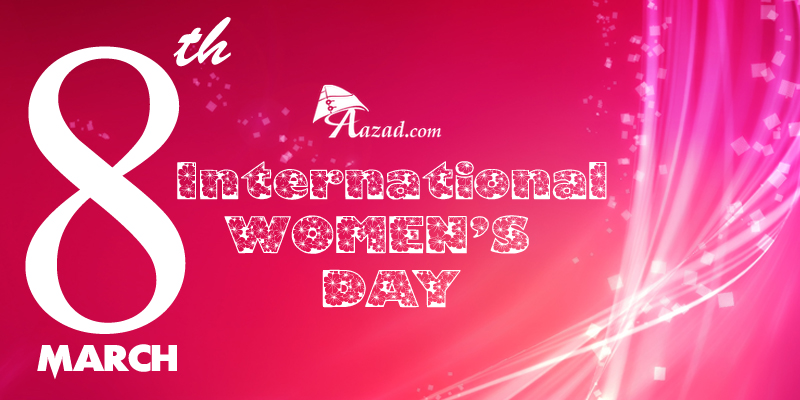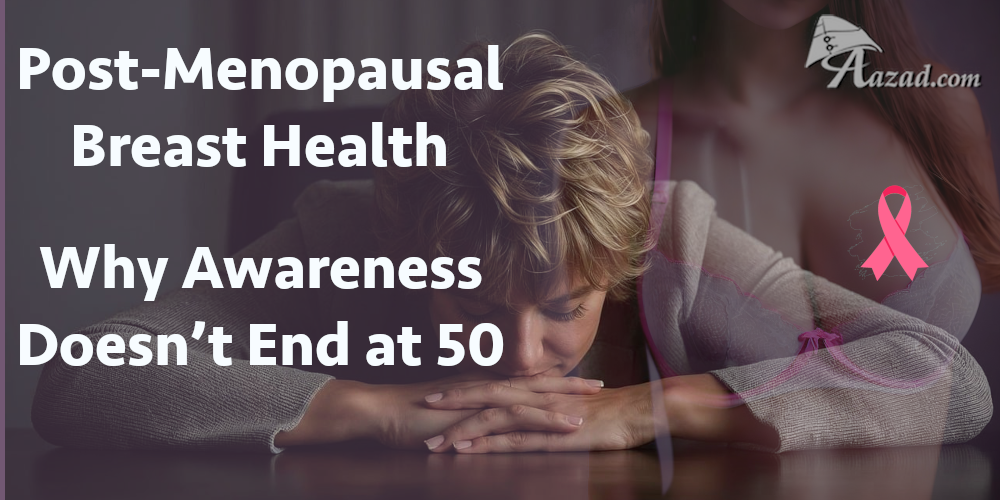- ●Breakthroughs in Prostate Cancer Treatment: What Every Patient Should Know
- ●Ovarian Cancer: The Silent Disease Women Cannot Ignore
- ●Children and Blood Cancer: Why Awareness is Crucial
- ●Women in Aviation India commences the celebration of 10th Girls in Aviation Day
- ●2025 Announcement, Appointment of New Board to Lead Hindustan National Glass & Industries Ltd
International Women's Day History

International Women's Day is celebrated across the world on March 8, but not many of us are aware of the history behind this important day.
The first national Woman's Day —note the singular "woman"— was held across the United States on February 28, 1909. Charlotte Perkins Gilman addressed a crowd in New York City, proclaiming: "It is true that a woman's duty is centered in her home and motherhood but home should mean the whole country and not be confined to three or four rooms of a city or a state."
Thousands of people showed up to various events uniting the suffragist and socialist causes, whose goals had often been at odds. Labor organizer Leonora O’Reilly and others addressed the crowd at the main meeting in the Murray Hill Lyceum, at 34th Street and Third Avenue. In Brooklyn, writer Charlotte Perkins Gilman (of “The Yellow Wall-paper” fame) told the congregation of the Parkside Church: “It is true that a woman’s duty is centered in her home and motherhood…[but] home should mean the whole country, and not be confined to three or four rooms or a city or a state.”
he concept of a “woman’s day” caught on in Europe. On March 19, 1911 (the 40th anniversary of the Paris Commune, a radical socialist government that briefly ruled France in 1871), the first International Woman’s Day was held, drawing more than 1 million people to rallies worldwide. With the outbreak of World War I in 1914, most attempts at social reform ground to a halt, but women continued to march and demonstrate on International Woman’s Day.
In recognition of its importance, Vladimir Lenin, founder of Russia’s Communist Party, declared Woman’s Day an official Soviet holiday in 1911. Communists in Spain and China later adopted the holiday as well.
In 1975, recognized as International Women’s Year, the United Nations General Assembly began celebrating March 8 as International Women’s Day. By 2014, it was celebrated in more than 100 countries, and had been made an official holiday in more than 25.
...




